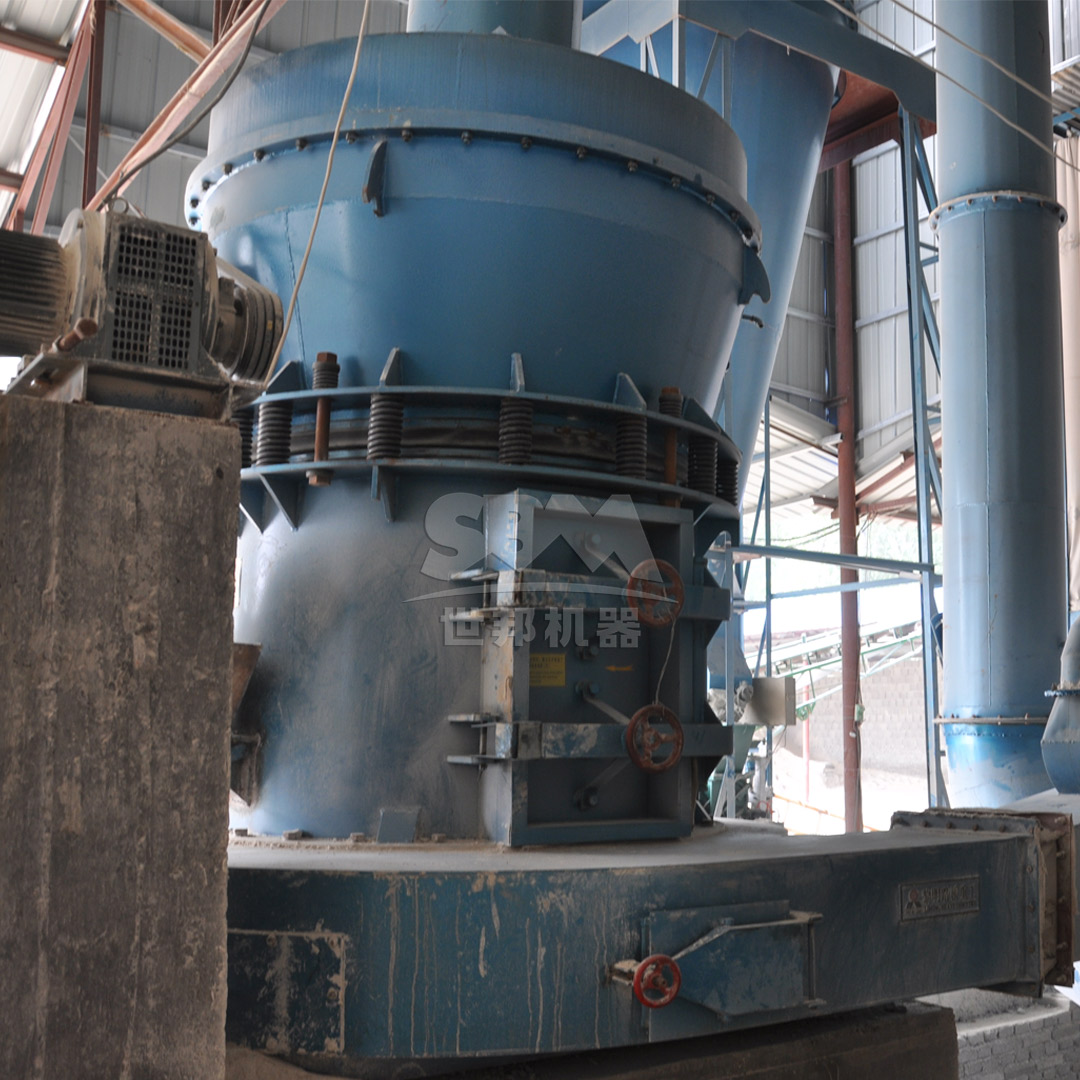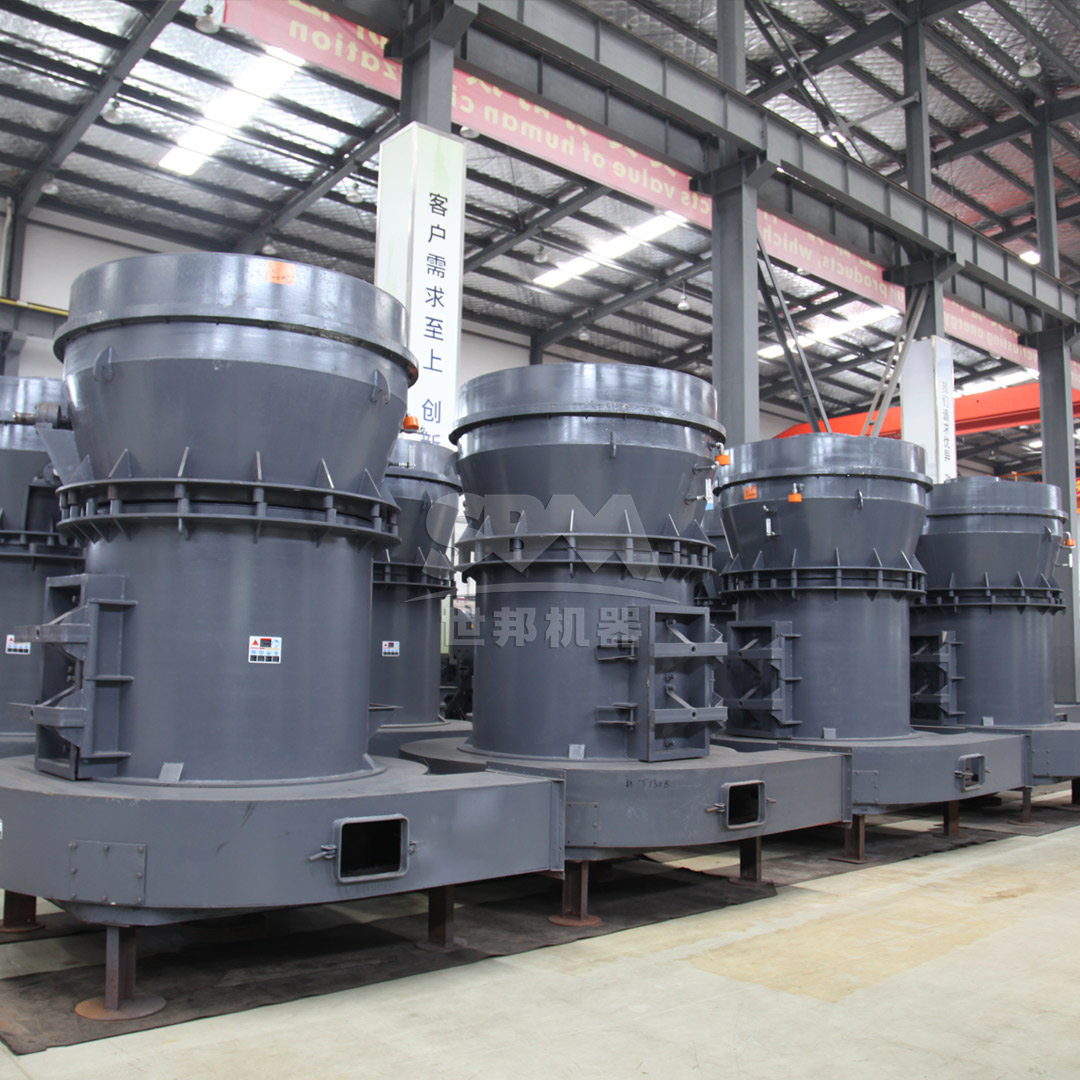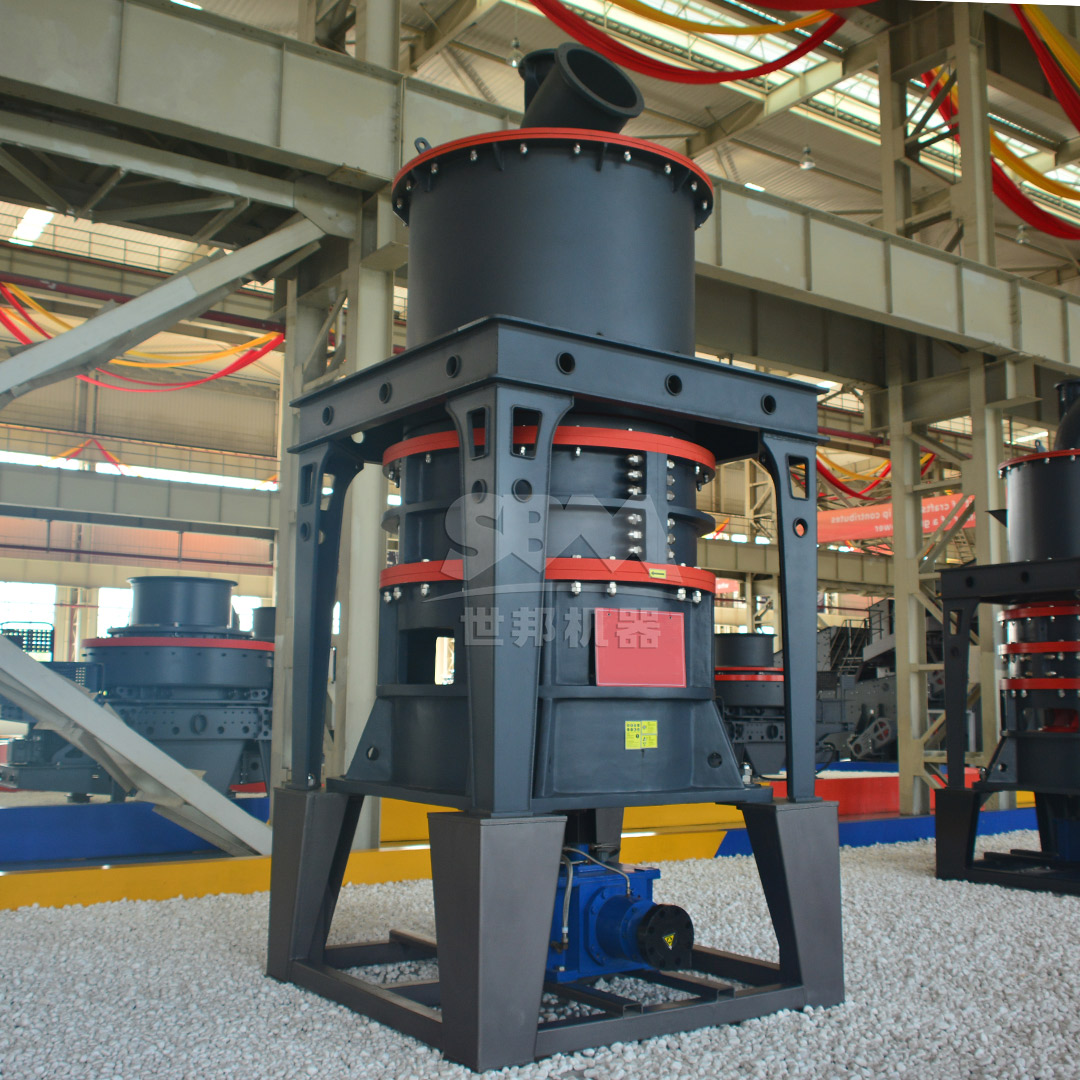The cement industry faces increasing pressure to improve energy efficiency and reduce environmental impact while maintaining product quality and production capacity. Among various grinding technologies, vertical roller mills (VRMs) have emerged as the most efficient solution for cement clinker grinding, offering significant advantages over traditional ball mill systems.
Vertical roller mills represent a fundamental shift in comminution technology for the cement industry. Unlike traditional ball mills that rely on impact and attrition between grinding media and material, VRMs utilize a bed compression principle where material is ground between a rotating table and rollers under hydraulic pressure. This fundamental difference in grinding mechanism enables substantial improvements in energy efficiency and operational flexibility.
The modern VRM system integrates multiple functions including grinding, drying, classification, and material transport within a single compact unit. This integrated approach reduces the plant footprint and simplifies the overall process flow, contributing to lower capital and operating costs.
| Technology | Specific Power Consumption (kWh/t) | Noise Level (dB) | Space Requirement | Maintenance Frequency |
|---|---|---|---|---|
| Ball Mill System | 38-45 | 100-110 | 100% | High |
| Vertical Roller Mill | 26-32 | 75-85 | 60-70% | Medium |
| Hybrid System | 30-36 | 85-95 | 80-90% | Medium-High |
The adoption of vertical roller mill technology for cement clinker grinding provides multiple operational and economic benefits that directly address the challenges facing modern cement producers.
VRMs typically reduce specific energy consumption by 30-40% compared to traditional ball mill systems. This substantial energy saving stems from several factors: the more efficient grinding mechanism, integrated drying capability using waste heat from the kiln, and reduced auxiliary equipment power requirements. For a typical 1 million ton per year cement plant, this translates to annual electricity savings of 8-12 GWh, representing significant cost reduction and environmental benefits.
The drying capability of VRMs is particularly valuable when grinding materials with higher moisture content. By utilizing hot gases from the clinker cooler or kiln exhaust, VRMs can effectively dry raw materials with moisture content up to 6-8% without requiring separate drying equipment. This integrated approach further enhances the overall energy efficiency of the cement production process.
Modern VRMs offer exceptional control over product fineness and particle size distribution, which are critical parameters for cement quality. The integrated dynamic classifiers allow rapid adjustment of product fineness to meet specific market requirements. The narrow particle size distribution achieved with VRMs contributes to improved cement strength development and better workability of concrete mixtures.
Furthermore, VRMs provide excellent flexibility in production, allowing quick changes between different cement types and blends. This operational flexibility enables producers to respond effectively to market demands and optimize their product portfolio without significant downtime or process adjustments.

Recent advancements in VRM technology have focused on enhancing reliability, reducing maintenance requirements, and improving operational flexibility. Key innovations include advanced grinding roller designs with improved wear resistance, sophisticated hydraulic systems for precise grinding pressure control, and intelligent control systems that optimize mill operation based on real-time process conditions.
Modern VRMs incorporate robust mechanical designs that ensure stable operation even with varying feed materials and operating conditions. The development of quick-change systems for wear parts has significantly reduced maintenance downtime, while advanced monitoring systems provide early detection of potential problems, enabling predictive maintenance strategies.
For cement producers seeking to maximize grinding efficiency and operational reliability, we recommend our LM Series Vertical Roller Mill. This advanced grinding system incorporates the latest technological innovations to deliver exceptional performance in cement clinker grinding applications.
The LM Series features a compact, integrated design that combines grinding, drying, classification, and conveying functions in a single unit. With specific power consumption 30-40% lower than traditional ball mill systems and the ability to utilize waste heat for drying, the LM Series delivers substantial energy savings. The mill’s intelligent control system automatically optimizes operating parameters to maintain consistent product quality while maximizing throughput and minimizing wear.
| Model | Grinding Table Diameter (mm) | Capacity (t/h) | Main Motor Power (kW) | Product Fineness |
|---|---|---|---|---|
| LM130K | 1300 | 10-28 | 200 | 170-40μm (80-400 mesh) |
| LM150K | 1500 | 13-38 | 280 | 170-40μm (80-400 mesh) |
| LM170K | 1700 | 18-48 | 400 | 170-40μm (80-400 mesh) |
| LM190K | 1900 | 23-68 | 500 | 170-40μm (80-400 mesh) |
| LM220K | 2200 | 36-105 | 800 | 170-45μm (80-325 mesh) |
| LM280K | 2800 | 50-170 | 1250 | 170-45μm (80-325 mesh) |
Key technical advantages of the LM Series include its集约化设计 (intensive design) that reduces footprint by 50% and lowers infrastructure costs by 40%. The specialized磨辊与磨盘非接触设计 (non-contact roller and table design) extends wear part life up to three times compared to conventional designs. The expert automatic control system supports both remote and local operation with real-time monitoring of operational parameters.

Successful implementation of VRM technology requires careful attention to several operational aspects. Proper maintenance planning is essential to maximize equipment availability and minimize operating costs. The modular design of modern VRMs facilitates quick replacement of wear parts, but a well-structured maintenance program is necessary to coordinate these activities with production schedules.
Process optimization should focus on achieving the optimal balance between production rate, product quality, and energy consumption. Advanced control strategies that adjust mill parameters based on feed material characteristics and product requirements can significantly enhance overall performance. Regular monitoring of key performance indicators, including specific energy consumption, wear rates, and product quality parameters, enables continuous improvement of mill operation.
The environmental advantages of VRM technology extend beyond energy savings. The fully enclosed negative pressure operation ensures dust emissions remain below 20mg/m³, significantly lower than regulatory requirements in most jurisdictions. With operating noise levels typically below 80dB(A), VRMs contribute to improved working conditions and reduced environmental impact.
From a sustainability perspective, the lower energy consumption of VRMs directly translates to reduced greenhouse gas emissions, particularly in regions where electricity generation relies on fossil fuels. The ability to grind blended cements with supplementary cementitious materials further enhances the environmental profile of cement production using VRM technology.
The evolution of cement grinding technology continues with ongoing research focused on further improving efficiency and expanding capabilities. Emerging trends include the development of advanced ceramic materials for wear parts to extend service life, integration of artificial intelligence for predictive optimization of mill operation, and hybridization with high-pressure grinding rolls for specific applications.
Digitalization represents another significant trend, with smart sensors and IIoT (Industrial Internet of Things) technologies enabling more comprehensive monitoring and analysis of mill performance. These digital tools facilitate condition-based maintenance, remote operation, and continuous process optimization, further enhancing the economic and operational benefits of VRM technology.
For producers requiring ultra-fine cement products or dealing with specialized applications, our SCM Ultrafine Mill provides an excellent complementary solution. Capable of producing powder with fineness ranging from 325 to 2500 mesh (D97≤5μm), the SCM series delivers exceptional precision for specialty cement products.
The SCM Ultrafine Mill incorporates advanced features including a vertical turbine classifier for precise particle size control, special material rollers and grinding rings for extended service life, and intelligent control systems that automatically maintain target product fineness. With energy consumption 30% lower than jet mills and twice the production capacity, the SCM series represents the cutting edge in ultrafine grinding technology.

Vertical roller mill technology has fundamentally transformed cement clinker grinding, offering substantial improvements in energy efficiency, product quality, and operational flexibility compared to traditional grinding systems. The continued evolution of VRM design, coupled with advanced control strategies and digitalization, ensures that this technology will remain at the forefront of cement production for the foreseeable future.
For cement producers seeking to enhance their competitive position through improved efficiency and product quality, investment in modern VRM technology represents a strategic imperative. Our LM Series Vertical Roller Mill provides a proven, reliable solution that delivers the performance and economic benefits demanded by today’s cement industry while supporting sustainability objectives through reduced energy consumption and environmental impact.